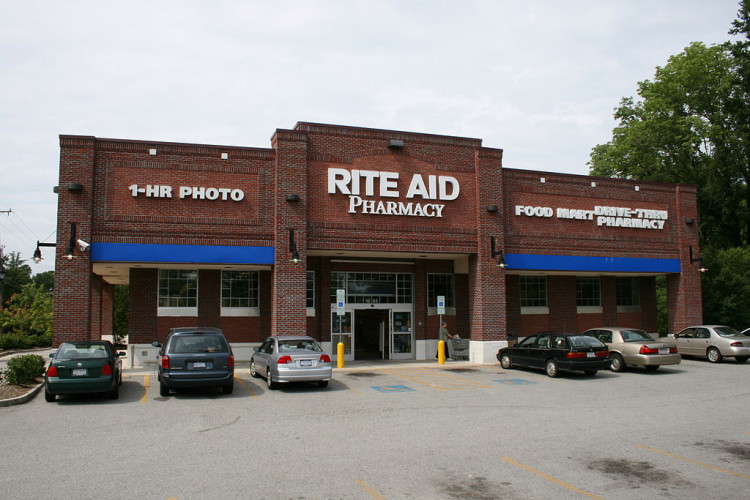In a significant development for the retail pharmacy industry, Rite Aid Corp, one of the nation's most recognized drugstore chains, has filed for Chapter 11 bankruptcy protection. This move comes as the company grapples with a challenging environment for drug stores, intensified by its secondary status to larger chains and costly legal battles over allegations of filling unlawful opioid prescriptions.
Rite Aid's decision to seek bankruptcy protection was anticipated by many industry observers. While its larger competitors, CVS and Walgreens, are also confronting similar challenges, such as store closures due to the rise of Amazon and big-box chains like Walmart, Target, and Costco, Rite Aid's financial health has been notably more precarious. The company recently alerted the US Securities and Exchange Commission that it might be considering "strategic alternatives," a term often used to indicate potential bankruptcy.
The company's financial statements paint a grim picture. Between March 2022 and March 2023, Rite Aid reported losses nearing three-quarters of a billion dollars. This was followed by an additional loss of $307 billion between March and May of the current year. Over the past six years, the company's accumulated losses have approached $3 billion. As of early June, Rite Aid reported having only $135.5 million in cash reserves, overshadowed by a staggering $3.3 billion in long-term debt. This debt, which exceeds the company's assets by almost $1 billion, has become increasingly burdensome in an environment of rising interest rates.
Neil Saunders, the managing director of GlobalData, commented on the situation, stating, "It was always a matter of when, not if, Rite Aid would file for bankruptcy. The company has been deep in the red for the past six years."
To navigate the bankruptcy process, Rite Aid has secured $3.5 billion in financing and debt reduction agreements. The company plans to expedite store closures and divest some of its business units, including the prescription benefit provider, Elixir Solutions. The bankruptcy process might also offer a pathway to resolving the company's legal disputes more cost-effectively.
In conjunction with the bankruptcy announcement, Rite Aid introduced Jeff Stein as the new CEO. Stein, who will also oversee restructuring and join the board, expressed optimism about the company's future. He emphasized the company's commitment to its customers, stating, "With the support of our lenders, we look forward to strengthening our financial foundation, advancing our transformation initiatives, and accelerating the execution of our turnaround strategy."
Rite Aid's legal challenges have further strained its finances. The Department of Justice (DOJ) filed a lawsuit against the company earlier this year, accusing it of knowingly processing "unlawful prescriptions for controlled substances." This alleged violation of the False Claims Act and Controlled Substances Act has placed Rite Aid in the crosshairs of a government determined to combat the opioid epidemic. Attorney General Merrick Garland, speaking on the DOJ's lawsuit, emphasized the government's commitment to holding Rite Aid accountable.
While other pharmacy chains like Walgreens and CVS have settled similar lawsuits in recent years, their stronger financial positions allowed them to manage the significant settlements owed to various government agencies. The opioid crisis has had a profound impact on the U.S., with over half a million individuals succumbing to drug overdoses between 1999 and 2020, as per the US Centers for Disease Control and Prevention.
Rite Aid, once a formidable player in the pharmacy sector, now operates as the third-largest standalone pharmacy chain in the U.S. and the seventh-largest overall. Its trajectory took a downturn in 2017 when a proposed $17 billion acquisition by Walgreens was scaled back due to antitrust concerns, resulting in Walgreens purchasing just under 2,000 Rite Aid locations. This left Rite Aid diminished and struggling to compete with its larger counterparts.






